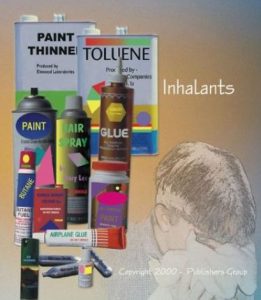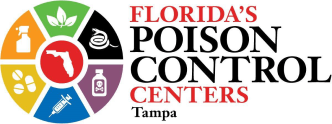Inhalant Abuse
 Scenarios: A 16-year-old boy is found dead after inhaling fumes from an aerosol air freshener. A teen dies from sniffing nitrous oxide. A group of Central Florida pre-teens recently became ill after obtaining freon from a school air conditioning unit.
Scenarios: A 16-year-old boy is found dead after inhaling fumes from an aerosol air freshener. A teen dies from sniffing nitrous oxide. A group of Central Florida pre-teens recently became ill after obtaining freon from a school air conditioning unit.
Products:
Children as young as 10 years old have abused:
- spot removers
- glue
- disposable lighters
- hair spray
- paint thinners
- whipped cream
- polish removers
- typewriter correction fluids
- nitrous oxide
- deodorants & air fresheners
- gasoline
How do inhalants affect the body?
After inhaling the product for a short time, inhalants may create a feeling of excitation followed by drowsiness, headache, dizziness or respiratory irritation. Long-term abuse causes brain/kidney/liver damage. In some cases, instant death occurs because the heart begins beating erratically (ventricular fibrillation), resulting in “sudden sniffing death.”
Signs of regular use include:
- paint or stains on the face or clothes
- red or runny eyes or nose
- spots or sores around the nose or mouth
- chemical breath odor
- anxiety, irritability, excitability
Awareness and prevention:
Parents can observe their children for the signs of abuse and changes in their child’s routines and behavior. Studies have shown that a high percentage of children have abused inhalants, but a low percentage of parents think children actually abuse these substances. Efforts such as family discussions, education and prompt treatment will help. For more information, visit www.inhalants.org.
